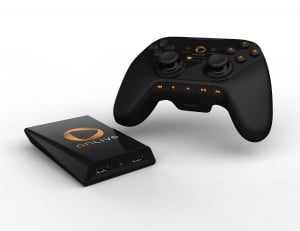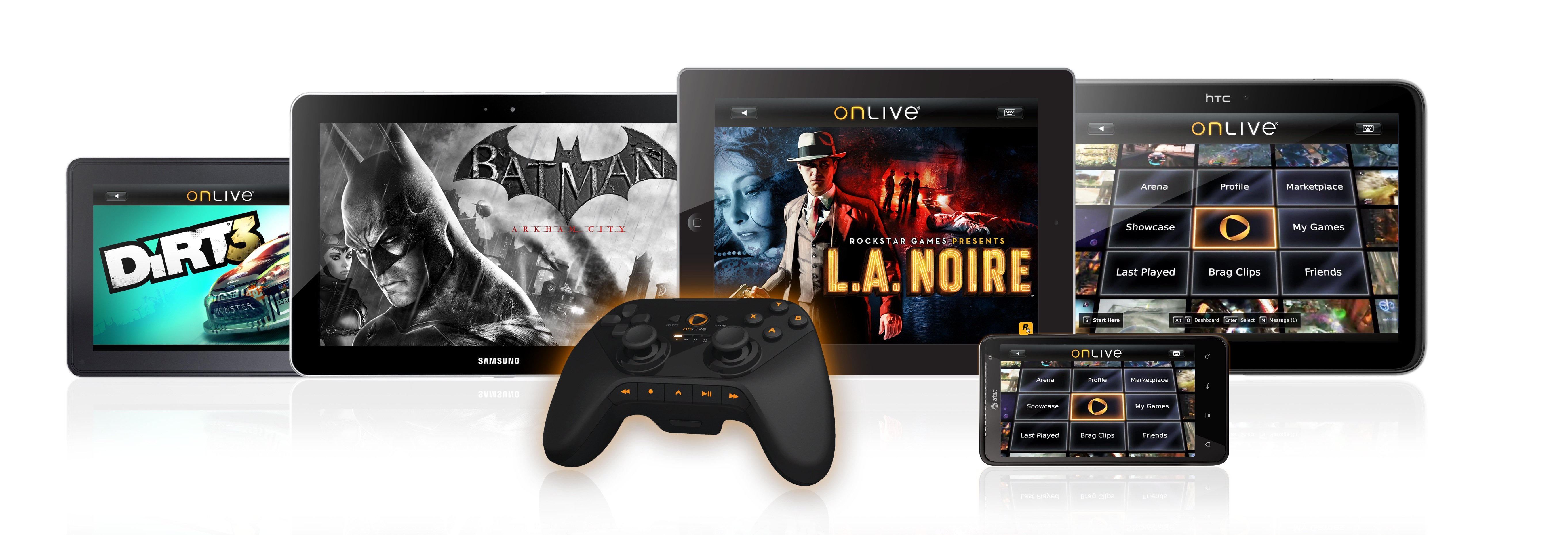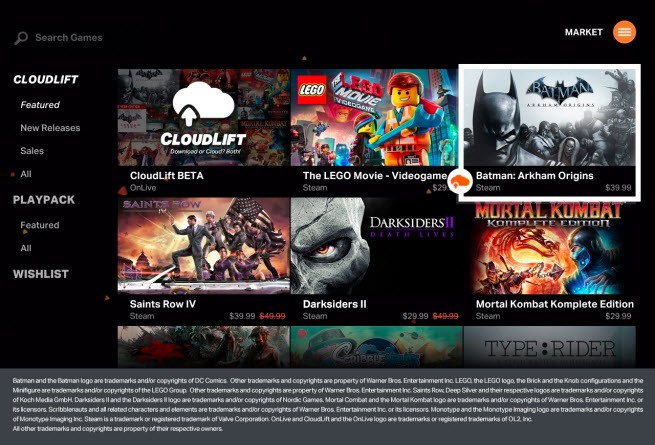 The saga of OnLive has been a crazy one, and as a major proponent of the service since the first time I heard of it, it’s more than a little depressing to retell. Founded in 2003, OnLive is a company that set out to change the way we play games. (How many times have you heard that before?) They weren’t going to do it with a gimmicky accessory or control method, instead, they simply wanted to shift the burden of rendering the games you play to their datacenter instead of via the local console you’ve got hooked up to your TV. The dream they were selling is that you buy the OnLive box (Or use the OnLive software) and it works as a thin client to stream a game in realtime with all the heavy lifting being done with by the magic of OnLive’s servers.
The saga of OnLive has been a crazy one, and as a major proponent of the service since the first time I heard of it, it’s more than a little depressing to retell. Founded in 2003, OnLive is a company that set out to change the way we play games. (How many times have you heard that before?) They weren’t going to do it with a gimmicky accessory or control method, instead, they simply wanted to shift the burden of rendering the games you play to their datacenter instead of via the local console you’ve got hooked up to your TV. The dream they were selling is that you buy the OnLive box (Or use the OnLive software) and it works as a thin client to stream a game in realtime with all the heavy lifting being done with by the magic of OnLive’s servers.
If things would’ve gone as planned, consoles would be a thing of the past as the OnLive client never needed to be upgraded. Instead, when new games come out that push the performance envelope, OnLive would just upgrade their servers, and everyone could play it. When the OnLive service was announced in 2009, many dismissed it as vaporware. Clever internet commenters compared it to The Phantom, and non-believers were proven wrong when the service actually launched in summer of 2010.
Initially, it seemed to have an incredible amount of potential. On my (admittedly, very fast and only a few hops away from the OnLive servers) internet connection it worked great. Aside from random video artifacts here and there it was (again, on a good internet connection) very difficult to tell games being played through OnLive or being rendered locally on an Xbox. At the peak of OnLive excitement, they started teasing the fact that OnLive’s consumer facing side is just a client, that can run on anything.

At E3 2010, OnLive teased an iPad client that blew me away. It wasn’t for another full year that we got more news of it, this time at E3 2011 where they had an actual controller in the mix. Sadly, approval drama with Apple complicated things, but in late 2011, OnLive still insisted the client was coming to iOS. Surprisingly, or unsurprisingly, when E3 rolled around the following year, they were singing the same old tune: The iPad client was still in the works, pending approval.
The crazy part of this was, I had the iPad client. I had the iPad controller. It all worked, and worked quite well. We even recorded a couple videos shot moments before my iPad build expired:
…And that was about it from OnLive. About a month after we posted those videos OnLive laid off all of its staff and sold off all of its assets. Per Wikipedia, the company which was once valued at $1.8 billion only managed to sell for $4.8 million. Well, OnLive is apparently alive and kicking again, this time with a service they’re calling “CloudLift".
The biggest problem with OnLive was that the game library was terrible. The best games available were old Ubisoft titles, so unless you were just crazy about playing Darksiders, you were kind of out of luck. The dream they’re selling with CloudLift is that once you buy a game from Steam (or a similar service) you’re able to upload the game data to OnLive and then play it anywhere- Some tricky tiptoeing around the licensing issues which no doubt endlessly complicated the service the first time around.

Oddly enough, the supported games that CloudLift works with is a pretty slim list. 20 in all, including things like Batman: Arkham Origins, LEGO Lord of the Rings, Saints Row IV, and a few others. Additionally, the other arm of CloudLift is something they’re calling OnLive Go, which will let players of MMOs simply stream the game client live instead of installing massive clients locally.
Of course, the fate of OnLive on iOS devices is still nebulous at best. They’re officially announcing CloudLift for $14.99, and suppiorting the Mac, PC, and Android devices. OnLive knows that iOS is a huge platform, and isn’t ignoring it. Their business model depends on platform agnosticism, so if the new OnLive can come to iOS it will.
What remains to be seen is whether or not the new OnLive is still going to face the same challenges as getting the original client approved. We are in a different time on the App Store now, with Apple-blessed physical game controllers. Weirder things have happened, so we’ll just have to wait and see.
[via MacRumors]